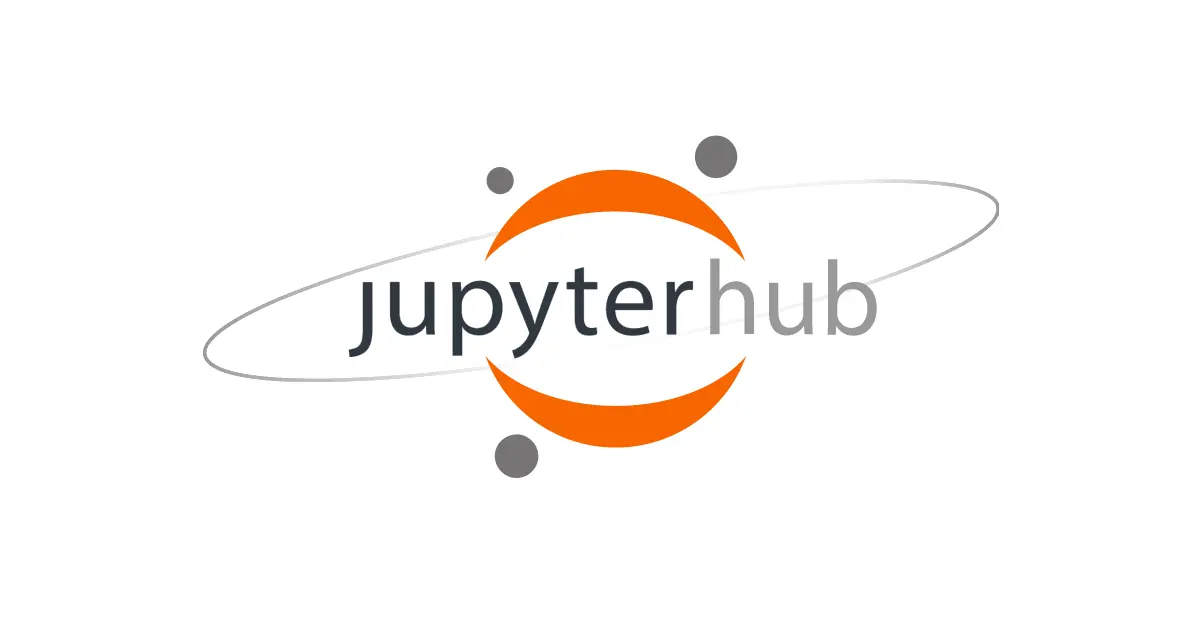
Credit: JupyterHub
What is JupyterHub?
JupyterHub is an open-source platform designed to serve Jupyter Notebooks to multiple users, making it an ideal solution for team collaboration, teaching, and research. It centralizes the deployment of Jupyter Notebooks and manages user access, providing an efficient way for teams, classrooms, and research groups to work together on data analysis, machine learning, and other computational tasks using a shared, interactive notebook environment.
What does JupyterHub do?
JupyterHub enables users to access Jupyter Notebooks hosted on a central server, eliminating the need for individual installations and configurations on each user’s machine. It manages user authentication and authorization, allowing administrators to control access to notebooks and resources. JupyterHub also supports a range of customizations, such as kernel configurations, notebook extensions, and user interface themes, allowing organizations to tailor the environment to their specific needs.
Some benefits of using JupyterHub
JupyterHub offers several benefits for teams, classrooms, and research groups:
Centralized management: JupyterHub simplifies the deployment and management of Jupyter Notebooks, streamlining the process of setting up and maintaining notebook environments for multiple users.
Collaboration: JupyterHub enables users to share and collaborate on Jupyter Notebooks, promoting teamwork, knowledge sharing, and peer learning.
Scalability: JupyterHub can handle large numbers of users and can be deployed on a variety of platforms, including cloud-based services, high-performance computing clusters, and local servers.
Customization: JupyterHub supports a wide range of customizations and extensions, allowing organizations to create tailored notebook environments that meet their specific requirements.
More resources to learn more about JupyterHub
To learn more about JupyterHub and get started with deploying and using it, you can explore the following resources:
The Littlest JupyterHub, a simplified JupyterHub distribution for small-scale deployments
Zero to JupyterHub, a guide for deploying JupyterHub on Kubernetes

